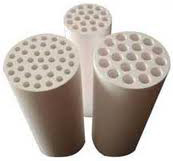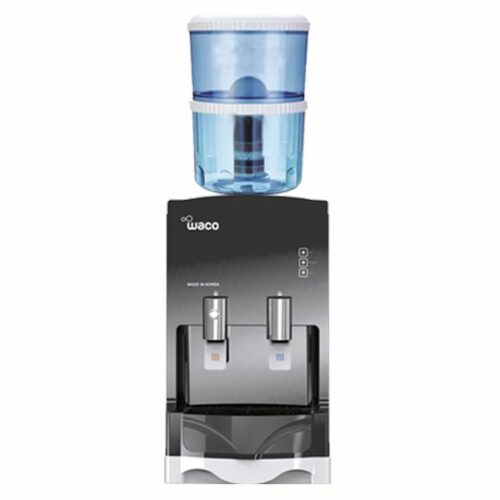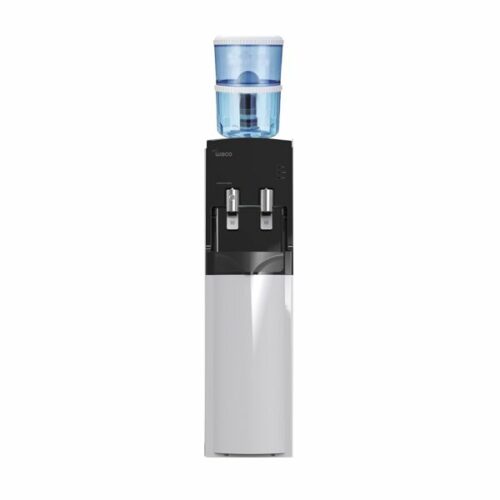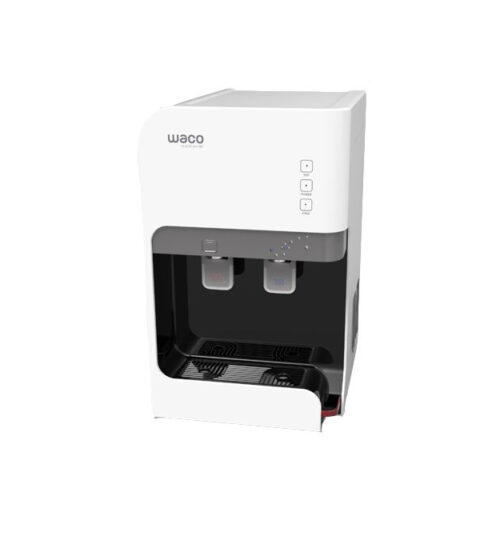
The end result is a nice cup of aromatic tea without any residue or sediment from the tea. This is a very simple filtering or filtration process where only the flavored water is the end result. Micro filtration and ultra filtration are technologically more complex than making a cup of tea, but the same basic concept of membrane filtration, stopping or trapping undesirable substances, while allowing the liquid in question to flow through and be collected is used.
Membrane filtration
This filtering technology uses the concept of particle separation. Basically, a special membrane is used to separate undesirable elements from the water as it is forced against the permeable membrane as part of a membrane filtration or purification process. How effective the membrane filtration process is in removing or trapping unwanted particles is dependent on the pore size of the particular membrane used. Particles and substances which are larger than the size of the membrane filtration pores are literally trapped in the membrane and stopped from passing through it, effectively only allowing filtered water to pass through to the clean water reservoir. The process of membrane filtration depends on water being forced at high pressure across the membrane and is effective at removing many substances, although less effective than reverse osmosis and nano-filtration methods.
Micro filtration
Membranes which have pores of 0.1 to 10µm are normally used for the process of micro filtering in membrane filtration systems. This is designed to trap and eliminate all bacteria from the water. Membrane filtration using micro filtering membranes is a process commonly used in various water treatment processes, especially when it is necessary to ensure that particles which have a diameter in excess of 0.1mm are required to be eliminated from the water in question. Some examples of other common applications of membrane filtration using micro filters are:
- Cold sterilizing of pharmaceutical and beverages
- Clearing process for beer, wines and fruit juice
- Bacteria removal from water (biologically treated waste water)
- Treatment of effluent
- Oil / water emulsion separation
- Pre treatment of water before reverse osmosis or nano-filtering
- Liquid / solid separation in pharmaceutical and food industries
Ultrafiltration
This is a more refined method of membrane filtration often employed in order to remove extremely small particles from water. Ultrafiltration is capable of eliminating viruses because the size of the pores are small enough to trap very small particles (0.001 to 0.1µm) from water and other liquids. Membrane filtration, and especially micro filtration, has many applications apart from purifying drinking water, and is used in many processes within the dairy industry, for example, when processing milk and cheese, in the food industry where it is used to filter proteins, in the metal industry to separate oil and emulsion and for treatments relating to paint, as well as being used in the textile industry.





Leave A Comment